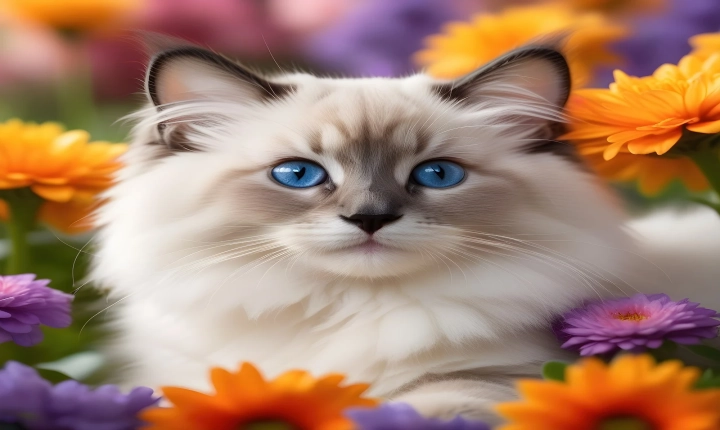Creating an AI with the ability to produce art is a fascinating and complex process that draws on a mix of technical knowledge, creativity, and computational skills. The fusion of art and technology has opened up a wide range of possibilities for generating innovative and thought-provoking works of art. Here, we will explore the steps and techniques involved in making an art AI.
1. Understanding the Fundamentals of Art and AI:
Before delving into creating an art AI, it’s essential to have a strong grasp of both art and artificial intelligence. Understanding the principles of art, such as composition, color theory, and texture, is crucial in developing an AI that can produce aesthetically pleasing and meaningful artwork. Similarly, a foundational knowledge of AI, including machine learning, neural networks, and computer vision, is essential for the technical aspects of the project.
2. Data Collection and Preprocessing:
The first step in making an art AI involves gathering and preprocessing a diverse range of art-related data. This can include paintings, drawings, sculptures, and other visual art forms. The data should cover a broad spectrum of styles, artists, and genres to provide the AI with a comprehensive understanding of artistic expression.
Once the data is collected, it needs to be preprocessed to ensure that the AI can effectively learn from it. This may involve tasks such as image normalization, noise reduction, and data augmentation to improve the quality and diversity of the dataset.
3. Training the AI Model:
With the preprocessed data in hand, the next step is to train the AI using machine learning techniques. One common approach is to use generative adversarial networks (GANs), which consist of two separate neural networks: a generator and a discriminator. The generator creates new art pieces, while the discriminator evaluates them and provides feedback to the generator, resulting in a continuous improvement of the AI’s artistic output.
During the training process, the AI learns to identify patterns, styles, and compositions within the artistic data, allowing it to generate novel and unique artwork based on its learned knowledge.
4. Fine-Tuning and Validation:
After the initial training, the AI model may require fine-tuning to enhance its creative abilities and ensure that its output aligns with the desired artistic standards. This may involve adjusting the model’s parameters, increasing the dataset size, or incorporating feedback from art experts and enthusiasts to guide the AI’s artistic development.
Additionally, validation processes, such as qualitative and quantitative assessments of the AI-generated artwork, can help gauge the model’s artistic proficiency and identify areas for improvement.
5. Ethical Considerations and Responsible Implementation:
As with any AI technology, it’s crucial to consider the ethical implications of creating an art AI. This includes addressing concerns related to intellectual property, cultural appropriation, and the potential impact of AI-generated art on human artists and the art community. Implementing responsible guidelines and ethical frameworks can help ensure that the development and use of art AI are conducted with integrity and respect for artistic integrity.
Overall, the process of making an art AI is a multifaceted endeavor that requires a blend of artistic sensibility, technical expertise, and ethical awareness. By integrating these elements, AI creators can push the boundaries of creativity, expand the possibilities of artistic expression, and contribute to the ongoing dialogue between art and technology. As the field of AI continues to evolve, the intersection of art and artificial intelligence presents a rich and dynamic space for innovation and exploration.
